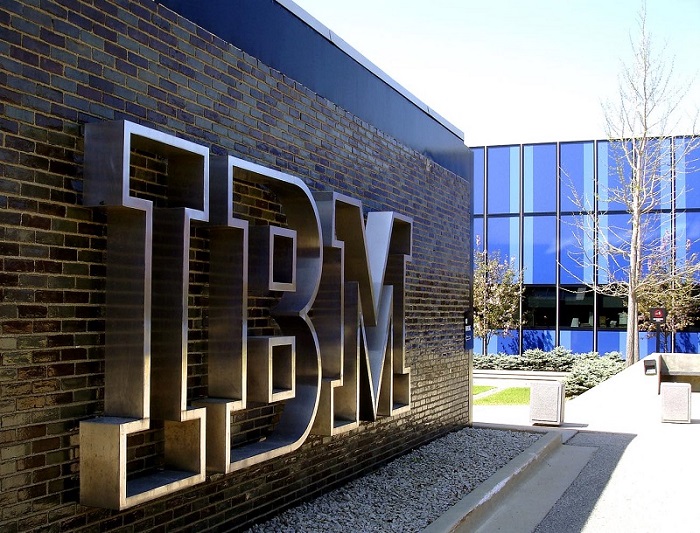The company is focused on slashing emissions from its operations
IBM plans to get rid of its planet-heating carbon dioxide emissions from its operations by 2030, the company announced today. And unlike some other tech companies that have made splashy environmental commitments lately, IBM’s pledge emphasized the need to prevent emissions rather than developing ways to capture carbon dioxide after it’s released.
The company committed to reaching net zero greenhouse gas emissions by the end of this decade, pledging to do “all it can across its operations” to stop polluting before it turns to emerging technologies that might be able to capture carbon dioxide after it’s emitted. It plans to rely on renewable energy for 90 percent of its electricity use by 2030. By 2025, it wants to slash its greenhouse gas emissions by 65 percent compared to 2010 levels.
“I am proud that IBM is leading the way by taking actions to significantly reduce emissions,” said IBM chairman and CEO Arvind Krishna in a press release.
IBM is putting more emphasis on its cloud computing and AI after announcing in October that it would split into two public companies and house its legacy IT services under a new name. That pivot puts IBM in more direct competition with giants like Amazon and Microsoft in the cloud market, which is notorious for guzzling up energy. Data centers accounted for about 1 percent of global electricity use in 2018, according to the International Energy Agency, and can strain local power grids. All three companies have now made big pledges to rein in pollution that drives climate change.
Microsoft’s climate pledge focuses on driving the development of technologies that suck carbon dioxide out of the atmosphere; it reached net zero emissions in 2012 but still relies heavily on investing in forests to offset its carbon pollution. Amazon committed to reaching net zero emissions by 2040. Amazon’s emissions, however, continue to grow as its business expands.
There is still room for more ambition in IBM’s new climate commitment since the company so far is not setting targets for reducing emissions coming from its supply chain or the use of its products by consumers. These kinds of indirect emissions often make up a majority of a company’s carbon footprint. IBM does not track all of the pollution from its supply chain, but other indirect emissions (like those from the products it sells) made up the biggest chunk of its carbon footprint in 2019. Microsoft and Amazon, on the other hand, consider all of these sources of emissions in their climate pledges.
The Verge

 TNG constantly innovates to ensure sustainable development
TNG constantly innovates to ensure sustainable development
 IBM sets new climate goal for 2030
IBM sets new climate goal for 2030
 Six EU countries lead push for clean hydrogen support
Six EU countries lead push for clean hydrogen support
 California trash-to-hydrogen plant promises dirt-cheap, super-green H2
California trash-to-hydrogen plant promises dirt-cheap, super-green H2
 Nokia’s liquid-cooled 5G base station cuts CO2 emissions by 80%
Nokia’s liquid-cooled 5G base station cuts CO2 emissions by 80%
 UN Environmental Programme Awards Asian Entrepreneurs For Post Covid-19 Green Business Solutions
UN Environmental Programme Awards Asian Entrepreneurs For Post Covid-19 Green Business Solutions
 Energy audit result of Viet Thang Corporation - JSC
Energy audit result of Viet Thang Corporation - JSC
 Energy audit result of Formosa Ha Tinh Steel Corporation
Energy audit result of Formosa Ha Tinh Steel Corporation